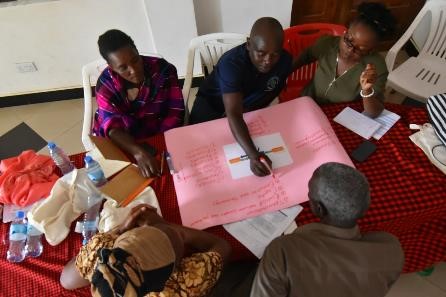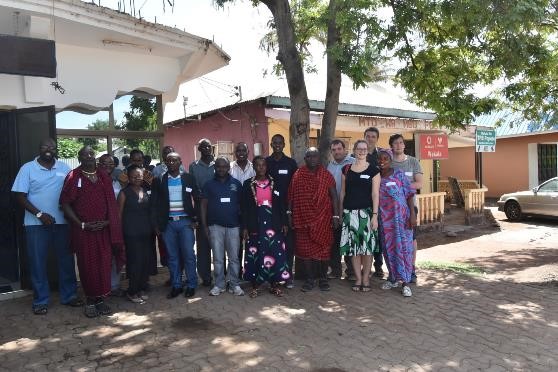 VLIR-UOS, North-South-South: balancing water for biodiversity and socio-economic use in a changing climate: towards a Decision Support System for sustainable land and water use in Lake Manyara (closed)
VLIR-UOS, North-South-South: balancing water for biodiversity and socio-economic use in a changing climate: towards a Decision Support System for sustainable land and water use in Lake Manyara (closed)
| Release date | 09/11/2017 |
|---|---|
| Contributor | mlsusini |
-
VLIR-UOS North South South
-
The promotor in Belgium is Prof. Luc Brendonck (KU Leuven), and in Tanzania, Prof. Hans Komakech (NM-AIST)
-
Duration: 2015-2016
-
Budget: 75,000 Euro
-
Co-promotor: Dr. Luc Janssens de Bisthoven (CEBioS)
The results of the first workshop (December 2015) were summarised in an abstract presented to SIL, 2016, Italy, by Prof. L. Brendonck, promotor North of the North South South Project between KU Leuven, UGent (Un. Plymouth), Un. of Zimbabwe, Un. of Western Cape (South Africa) and NM-AIST (Tanzania, Arusha). CEBioS is co-promoter.
See abstract book, http://sil2016.it/files/3214/7272/2565/33rd_SIL_Congress_2016_-_Book_of_Abstracts.pdf

CEBioS was also at the second workshop in December 2016 with Dr. Luc Janssens de Bisthoven, ir. Anne-Julie Rochette and Dr. Maarten Vanhove. The other project partners present were from KU Leuven (Belgium), NM-AIST (Tanzania), UWC (S. Africa), UNZI (Zimbabwe), Trias (Tanzania) and Plymouth University (UK). Participants to the workshop included the scientists involved in the project, representatives from the drainage basin, National Park Authorities, farmers, pastoralists, traditional leaders. Results from the studies conducted in the framework of the project were presented and involved research about soil erosion, lake biodiversity, remote sensing, socio-economic surveys, decision-support system, etc. The workshop was also the opportunity to introduce a new project coordinated by CEBioS: the 'EVAMAB' project on the evaluation of ecosystem services in Biosphere reserves, such as the Lake Manyara Biosphere reserve. A participatory exercise was developed, that aimed at prioritizing, analysing and mapping the ecosystem services in the area, and identifying potential management options.

 This site uses cookies in order to function as expected. By continuing, you are agreeing to our
This site uses cookies in order to function as expected. By continuing, you are agreeing to our 




